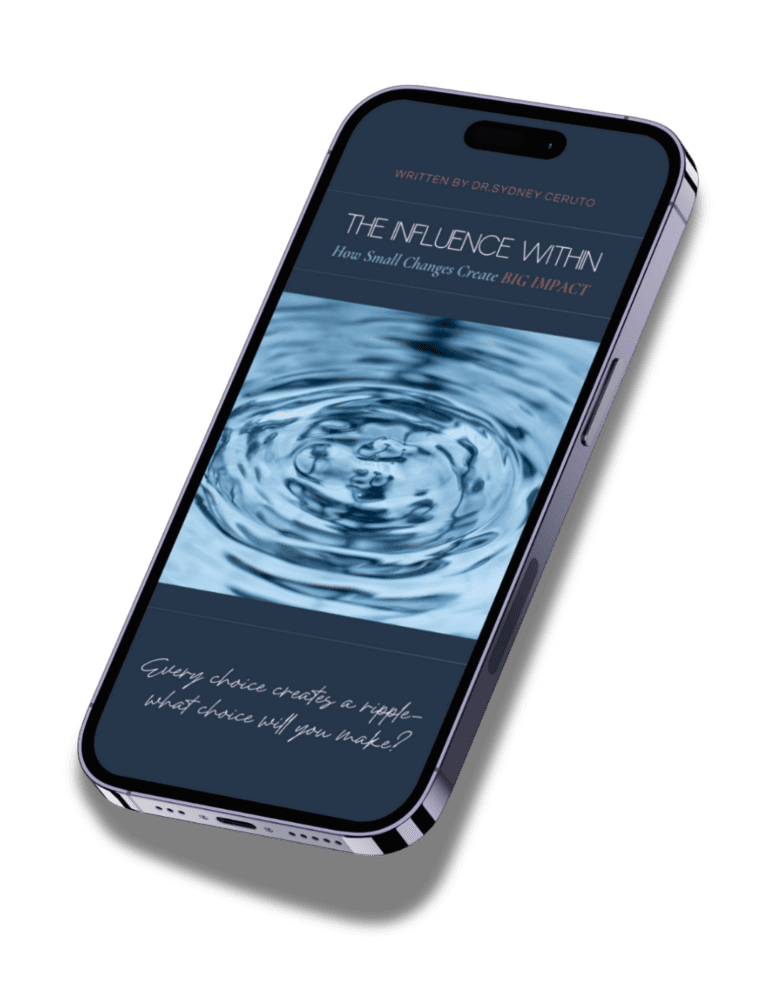Brain injuries, whether mild or severe, can have life-altering consequences. However, the brain’s inherent capability for neuroplasticity brain injury recovery offers a beacon of hope for many. This phenomenon, deeply rooted in the brain’s adaptability, plays a pivotal role in the healing process post-injury. But how does neuroplasticity aid in brain injury recovery, and what can individuals do to harness its potential?
Neuroplasticity in Brain Injury Recovery: A Deep Dive into Healing Mechanisms
Neuroplasticity, at its essence, refers to the brain’s ability to restructure and adapt by forming new neural connections. This adaptability becomes especially crucial when the brain faces injuries. Brain injury recovery, powered by neuroplasticity, involves the reorganization of neural pathways to compensate for damaged areas.
- Neuroplasticity at Work: After a brain injury, certain areas might become non-functional or less efficient. Neuroplasticity steps in, allowing other parts of the brain to take over these functions, leading to recovery and adaptation.
- Memory and Skill Retention: One of the remarkable aspects of neuroplasticity is its role in preserving memories and skills. Even after an injury, the brain can relearn and retain crucial information, thanks to its plastic nature.
- Rehabilitation and Neuroplasticity: Modern rehabilitation techniques leverage the principles of neuroplasticity. Tailored exercises, cognitive tasks, and therapies aim to stimulate the brain, promoting the formation of new neural connections.
Strategies to Enhance Neuroplasticity During Brain Injury Recovery
- Engage in Cognitive Exercises: Brain games, puzzles, and memory tasks can stimulate neural growth and strengthen existing pathways.
- Physical Activity: Regular movement and exercise can boost blood flow to the brain, supporting neuroplasticity and healing.
- Mindful Practices: Meditation and relaxation techniques can aid in reducing stress, a factor that can hinder neuroplasticity.
For a comprehensive understanding of neuroplasticity and its myriad applications, delve into the guide on neuroplasticity titled “Neuroplasticity Unveiled: A Comprehensive Guide to Harnessing the Brain’s Remarkable Potential.”
Conclusion
Neuroplasticity brain injury recovery underscores the brain’s resilience and adaptability. Recognizing and harnessing this potential can pave the way for effective healing, offering hope to countless individuals impacted by brain injuries.






